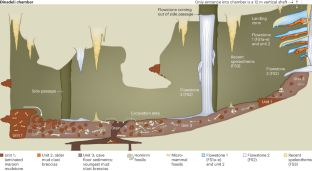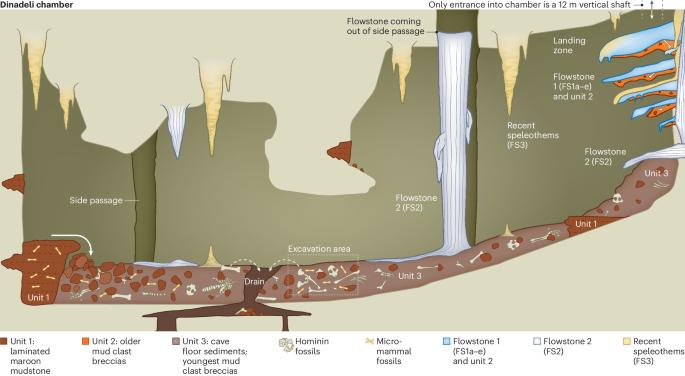What we know and do not know after the first decade of Homo naledi
IF 13.9
1区 生物学
Q1 ECOLOGY
引用次数: 0
Abstract
It has been just over 10 years since the first fossils attributed to Homo naledi were recovered from the Rising Star Cave system in South Africa’s Cradle of Humankind. The hominin fossil evidence for H. naledi displays a distinctive combination of primitive and derived morphology, yet for a time-averaged fossil sample it is remarkable for its relatively low level of variation. Thus—unusually for palaeoanthropology—there has been little pushback against the decision to recognize a single novel taxon for all of the material recovered from the Rising Star Cave system. However, almost everything else claimed about H. naledi—its age, burial context and behaviour—has been controversial. Here we examine the strength of the evidence for these claims. Ten years after the discovery of Homo naledi, the authors explore the various anatomical and behavioural evidence accumulated for this intriguing species.


在纳雷迪智人的第一个十年之后,我们知道什么,不知道什么
从南非人类摇篮的新星洞穴(Rising Star Cave)系统中发现第一块纳雷迪人化石至今已有 10 多年。纳雷迪人的化石证据显示了原始形态和衍生形态的独特组合,但对于时间平均化石样本来说,其变异程度相对较低,因而引人注目。因此,对于古人类学来说,将从新星洞穴系统中发现的所有材料认定为一个单一的新类群的决定几乎没有受到任何反对。然而,关于 H. naled--其年龄、埋葬环境和行为的几乎所有其他说法都存在争议。在此,我们将研究这些说法的证据力度。
本文章由计算机程序翻译,如有差异,请以英文原文为准。
求助全文
约1分钟内获得全文
求助全文
来源期刊

Nature ecology & evolution
Agricultural and Biological Sciences-Ecology, Evolution, Behavior and Systematics
CiteScore
22.20
自引率
2.40%
发文量
282
期刊介绍:
Nature Ecology & Evolution is interested in the full spectrum of ecological and evolutionary biology, encompassing approaches at the molecular, organismal, population, community and ecosystem levels, as well as relevant parts of the social sciences. Nature Ecology & Evolution provides a place where all researchers and policymakers interested in all aspects of life's diversity can come together to learn about the most accomplished and significant advances in the field and to discuss topical issues. An online-only monthly journal, our broad scope ensures that the research published reaches the widest possible audience of scientists.
 求助内容:
求助内容: 应助结果提醒方式:
应助结果提醒方式:


